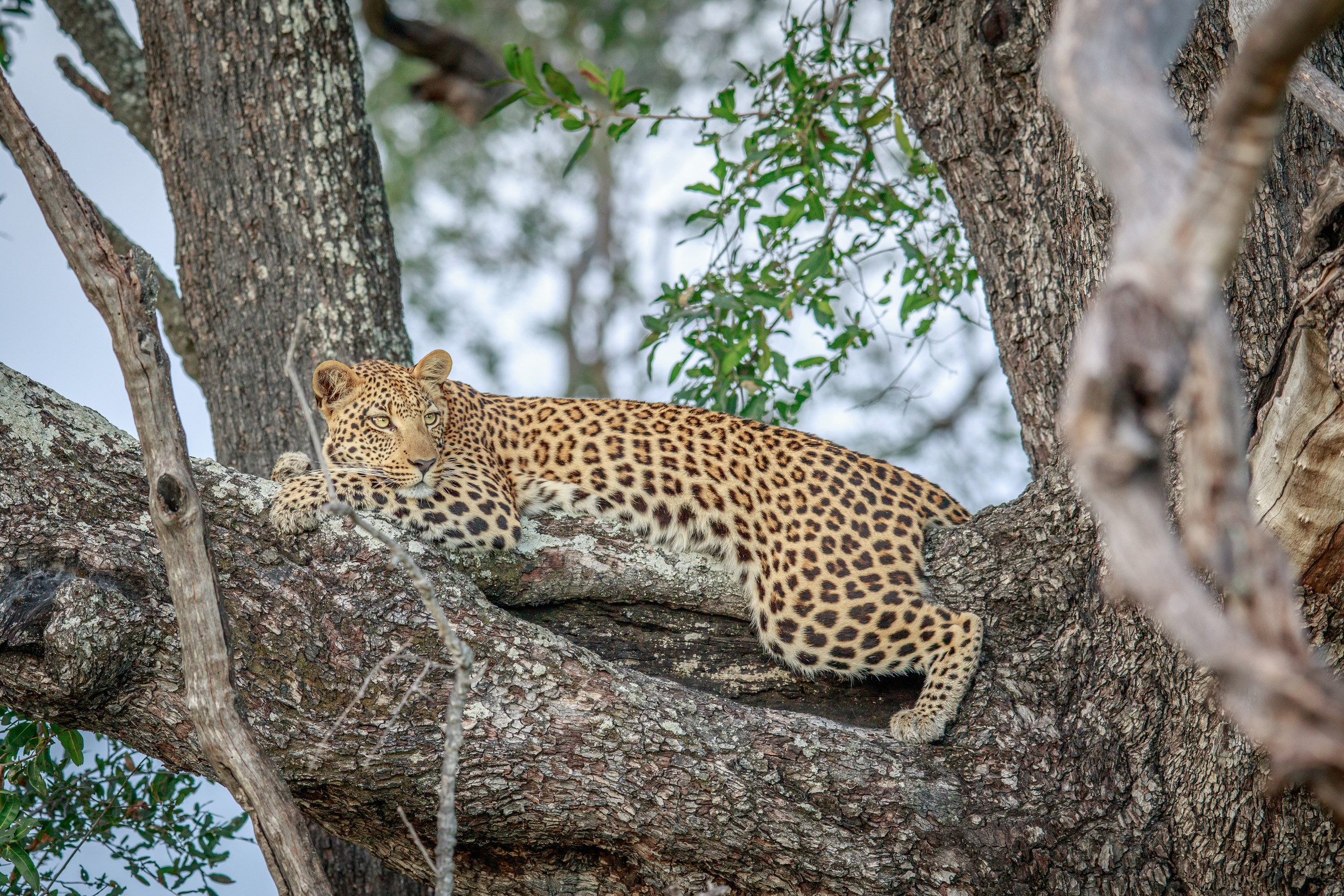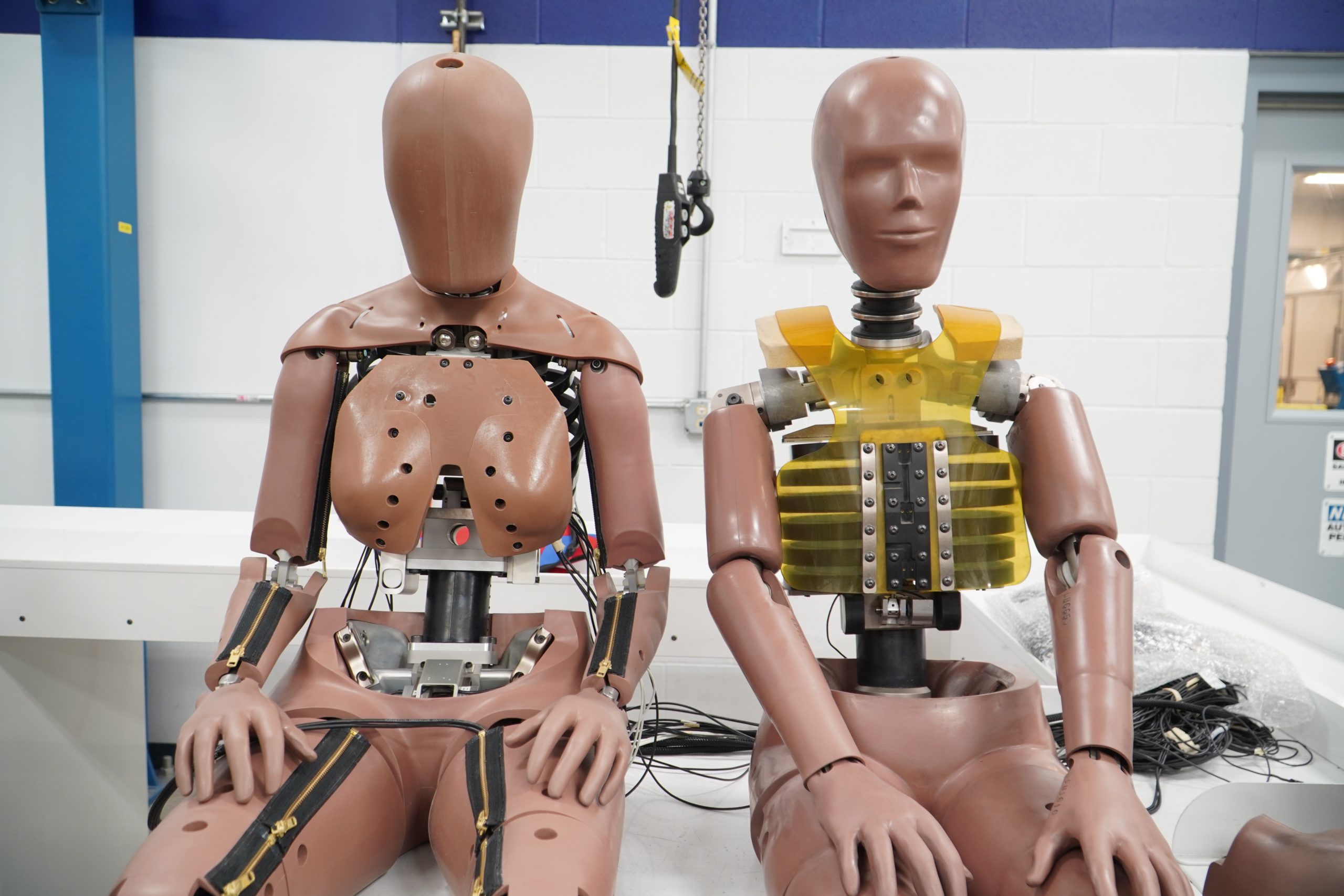Image Credit: simoneemanphotography/123rf.com
Researchers from the University of Exeter have made a significant breakthrough in the study of leopards, revealing that each individual has a unique roar. This finding, derived from a comprehensive study in Tanzania’s Nyerere National Park, paves the way for innovative conservation techniques aimed at protecting these elusive big cats.
The study utilized a combination of camera traps and audio recordings to achieve an impressive 93.1 percent accuracy in identifying individual leopards. The researchers set up 50 paired cameras and microphones across a 450 square kilometer area of the park, which allowed them to capture both images and vocalizations of the leopards. The distinct “sawing roar” produced by leopards serves as a vital communication tool, marking territory and attracting mates, with sound traveling over a kilometer.
This research is the first large-scale effort to match leopard vocalizations to individual animals, highlighting the potential for bioacoustic techniques to be applied in studying large terrestrial predators. By leveraging these innovative methods, conservationists can now estimate population densities, track individual leopards, and analyze behavioral patterns in ways that were previously difficult due to the animals’ solitary and nocturnal habits.
Leopards are classified as “vulnerable” on the IUCN Red List, primarily due to habitat loss and human-wildlife conflicts. The ability to accurately monitor and identify individual leopards is crucial for effective conservation planning and policy development. The findings from this study not only advance the understanding of leopard behavior but also emphasize the importance of integrating diverse technologies in ecological research.
Moreover, the methodology developed in this study has the potential to be adapted for monitoring other elusive or nocturnal species, enhancing global conservation efforts. The combination of camera traps and bioacoustic technology represents a new frontier in wildlife monitoring, offering hope for the future of leopards and the ecosystems they inhabit.
Check out the original article here: Source link



